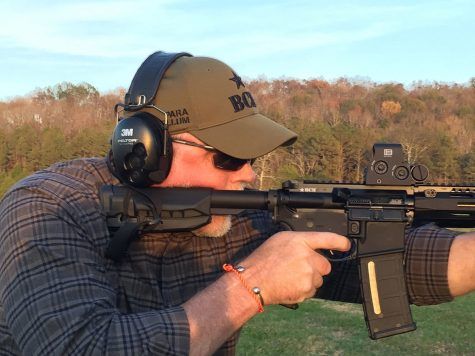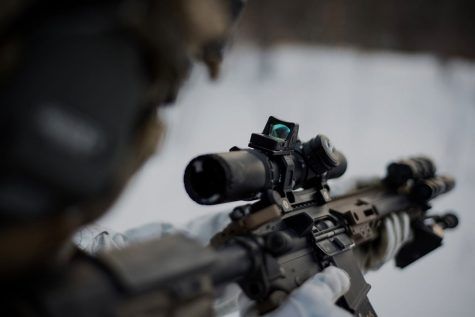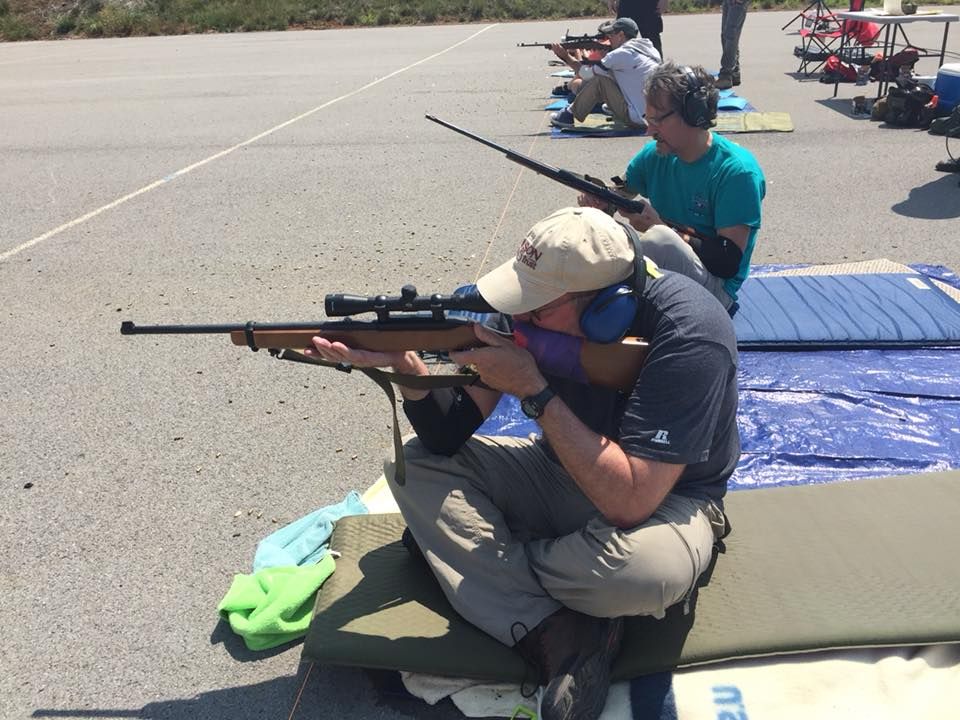
Attending a Project Appleseed program is an ideal way to develop the basic skills you need, prior to moving on to more advanced carbine courses. We’ve heard from experts about their feelings on the value of the program, but to learn more about why simply having a rifle doesn’t make you a rifleman, we reached out Tom Kehoe from Project Appleseed.
Q: Tom, can you tell our readers who you are and what is Project Appleseed?
Tom Kehoe, Project Appleseed: I am Chairman of the Board that manages Project Appleseed for the Revolutionary War Veterans Association (RVWA). The RVWA is a 501c3 non profit educational foundation that is set up to teach two things…rifle marksmanship and the real history of the founding of the United States, and why its your heritage as an American to own a rifle and be a rifleman. A rifleman is not just a man with a rifle. It is someone who knows the rifle.
Q: How does Project Appleseed help with rifle marksmanship?
Tom Kehoe, Project Appleseed: At Project Appleseed we put you through a two-day weekend…kind of a boot camp, with the goal of enabling you to shoot at least 210 out of 250 on what we call the Appleseed Qualification Test. It is fired from three positions and each stage is timed. So you have to be able get your natural point of aim, get into position and not just shoot rapidly, but shoot in rhythm, have your natural point of aim, and be able to change magazines, within a relatively short amount of time. Stages are typically somewhere around sixty seconds.
We get a lot of folks who come who are very new to shooting. But we get everyone from folks who are very experienced to folks who have experience in the service…we have folks who are high powered competitors, all the way down to soccer moms who are bringing their kids out because she thought it would be an interesting activity for the family.
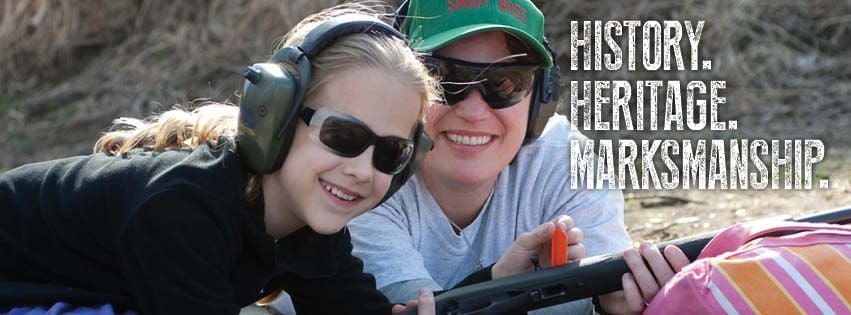
I know some very experienced marksmen who have had a lot of good things to say about Appleseed. It sounds like it can be quite challenging.
Tom Kehoe, Project Appleseed: I’ve never had the experience of having someone come to an Appleseed that I’ve run and said “well I just didn’t learn anything all weekend.” The more common experience is when high-powered rifle shooters come up at the beginning of the program and tell me they’ve come because they didn’t have anything else to do…but by the end of the weekend, they have not come close to shooting score. I once saw a shooter like this come back four and five times, never passing. Each time claiming he did not have the “right rifle.” When he finally did pass after attending multiple times, it wasn’t about him finally having the right rifle, rather is was about gaining experience, listening, learning and finally acquiring the skills required of a rifleman.
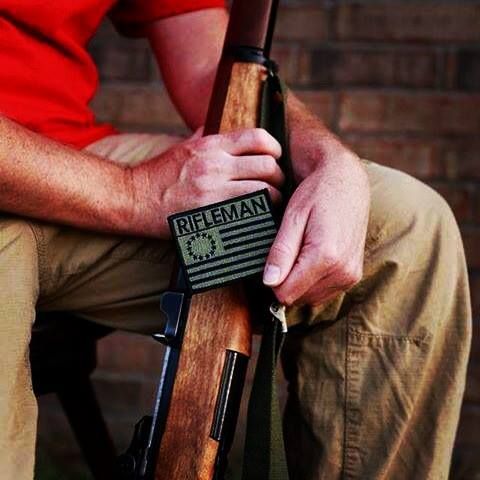
“Make your rifle sing”
What Project Appleseed teaches is that a rifleman is more than a man or a woman with a rifle. it’s someone who knows their rifle and can shoot it like it is an extension of themselves. It’s a wonderful thing to see someone come to an Appleseed and have trouble simply keeping their rounds on paper, but by the end of the following day they’re shooting groups that correspond to 4 minutes of angle.
If you’re a really new shooter, we’ll teach you the basics of safety, how to find your natural point of aim, we’ll teach you how to put rounds downrange rapidly and accurately. If you’re an experienced shooter, we’ll help you hone your skills and be able to make your rifle sing.
Q: Are there common assumptions or misconceptions that you see with shooters? How does Appleseed help overcome those?
Tom Kehoe, Project Appleseed: My experience is that most people who own a rifle think long-range shooting is about 100 yards. If you’re a competitor, you know that 600 yards is considered mid-range. 1,000 yards is considered long range. But there is a big gap between most people’s assessment of their skills and what they can really do.
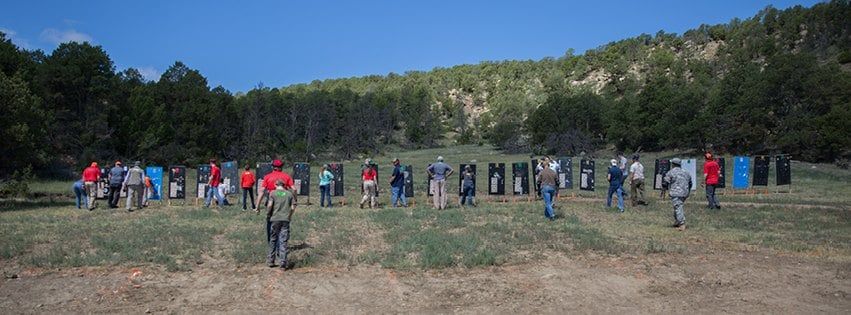
We offer a number of different programs. First of all, we offer one-day and two day programs conducted at 25 yards, where the targets are scaled as if we are shooting at 100, 200, 300, 400 yards. Those are the most common programs we offer. Depending on the venue, they can be for .22s only, or they can be for mixed .22s and centerfire or centerfire only.
We also offer lengthier programs. We offer a “rifleman’s bootcamp”, which is a five to seven day series of classes that really will drill home those skills…those typically end with a regular 2-day program…
Importance of 4 MOA
The point I want to make is that what works at 25 yards also works at 400 yards. The standard of accuracy we are trying to get people to shoot to is 4 minutes of angle. That’s an old standard that the U.S. Army used to use up to World War II. After World War II, they put much less of an emphasis on marksmanship. The only branch of service today that really continues that tradition of marksmanship is the Marines. But our course of fire is adapted from the old Army exercises, and the point of it is, if you can shoot 4 minutes of angle, then you can shoot a 20 inch target out to 400 yards.
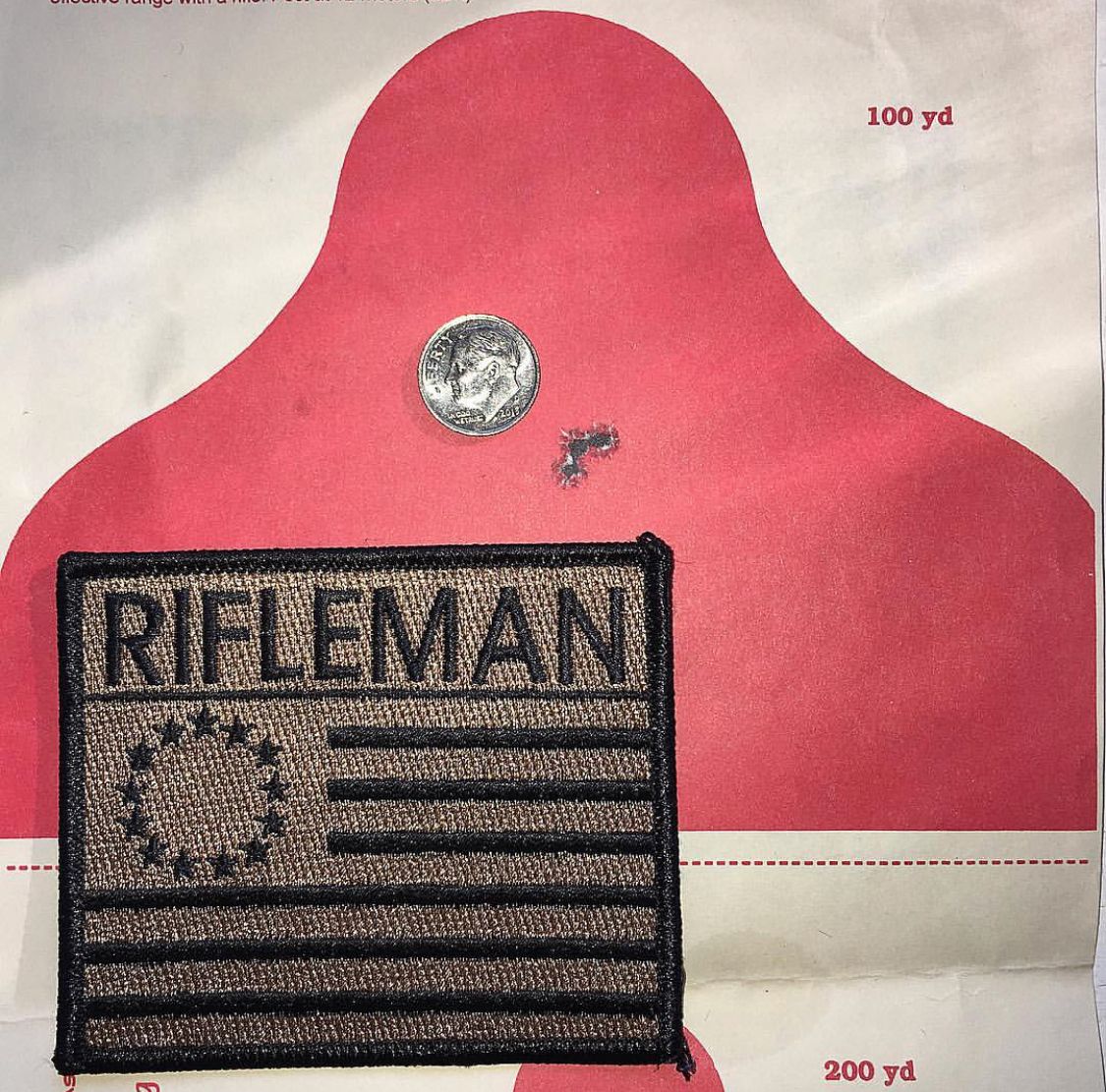
One Rifle, One Rifleman
That’s roughly a man-sized target, which means if you are shooting from an inclined position, you can control a very wide range of fire over a very wide range of targets with one rifle and one rifleman. We teach a lot about shooting in knots as well. “Knots” is an old term for four people shooting together as a team. The point was if you had a good position and everyone could hit out to 400 yards, you can cover a quarter of a mile with three buddies in all directions.
Q: Any common issues you see?
Tom Kehoe, Project Appleseed: Have you ever seen anyone try to sight in their rifle? They fire a few shots, put the gun down, they make some quick adjustments, fire some shots, make some more adjustments, fire a few more shots…it’s a painful process to watch. If you come to an Appleseed, we’ll teach you how to zero your rifle with one shot…but that’s one of the biggest things we see…people’s sights are off and they don’t know how to zero them.
Fit Matters
But the most common thing I see is that people bring rifles to class that do not fit them. That used to be a really big deal. You would ensure that the length of the stock was right, the eye relief to the sights was right…all those sorts of things. That’s almost a foreign concept today.
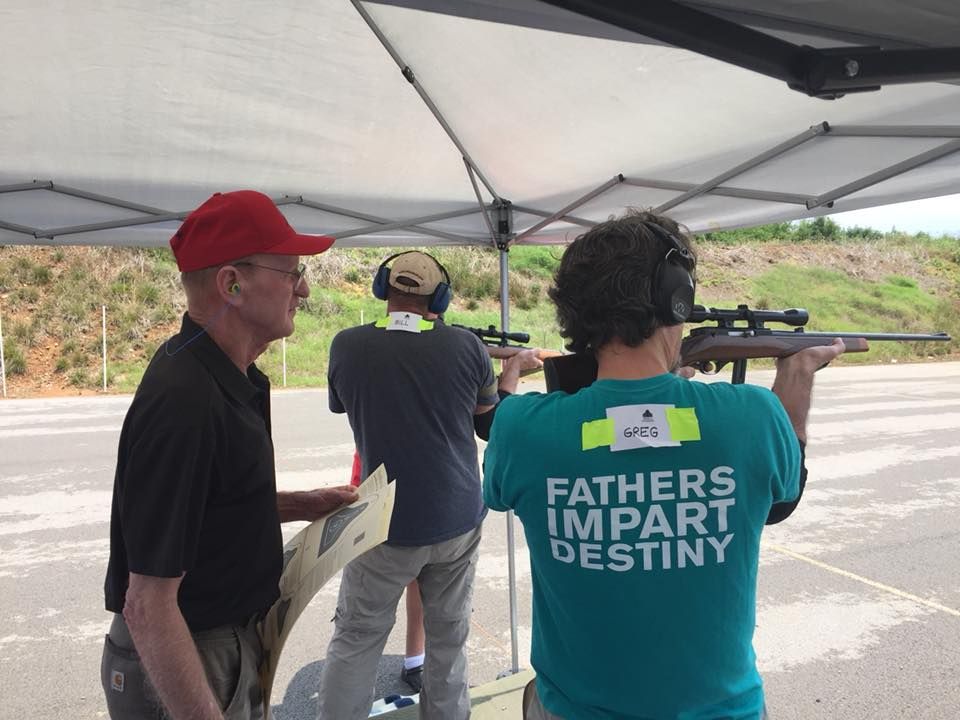
Optic Issues
Now they have adjustable stocks, and that will help ensure the rifle will fit just about anyone…but the most common error I see is people putting their scopes way too far back. The scope needs to be farther forward. When your scope is too far back, your head is going to be in the wrong position, meaning your eye is in the wrong position, and it is going to be difficult to get into a proper prone position, or even a standing position if your eye relief to your scope isn’t correct.
Q: Project Appleseed places a lot of emphasis on the events of April 19th, 1775…can you talk a bit about why that is?
Tom Kehoe, Project Appleseed: Our forefathers valued liberty to the extent that they put everything they had on the line for it…People don’t value that anymore. They were risking their lives, their family’s lives, their future for the cause of liberty, but when you talk about liberty today, sometimes people just look at you oddly.
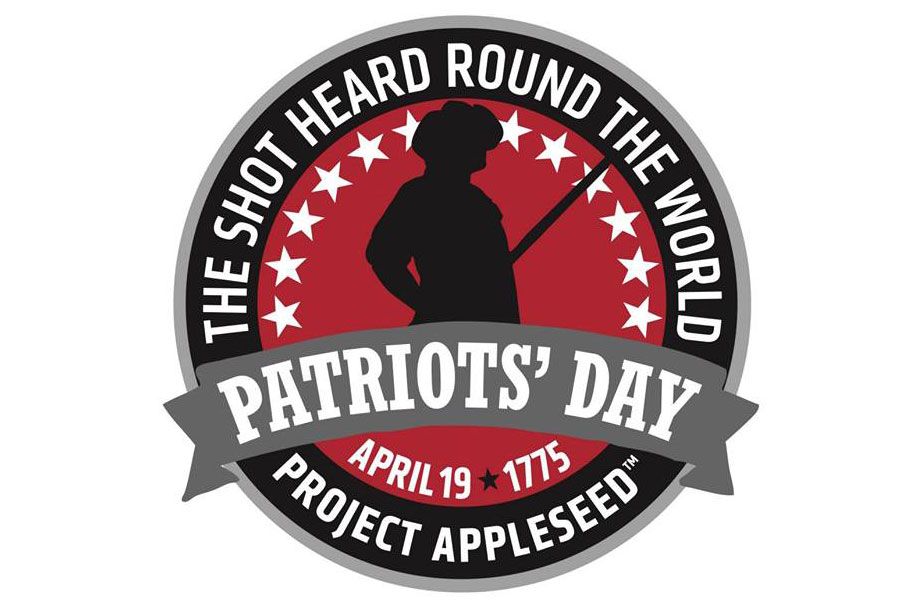
They don’t realize that their rights are slowly being eroded away through court decisions and the simple refusal to stand up and demand that their rights be acknowledged and honored. We want Americans to be more self-reliant. We want them to become more involved in their communities. Good people don’t want to get involved anymore…and we want to change that.
Q: Where can we go to learn more information?
Tom Kehoe, Project Appleseed: You can go to appleseedinfo.org, and there is a regular website that shows where you can attend shoots, has all the information about what you need to bring. The mantra of Appleseed is “run what you’ve brung.” So, dig that rifle out of your closet and come on down. You can sign up right through the website, you can find a shoot that is close to you…for most people in the country, there is going to be an Appleseed shoot within a few hours of you.
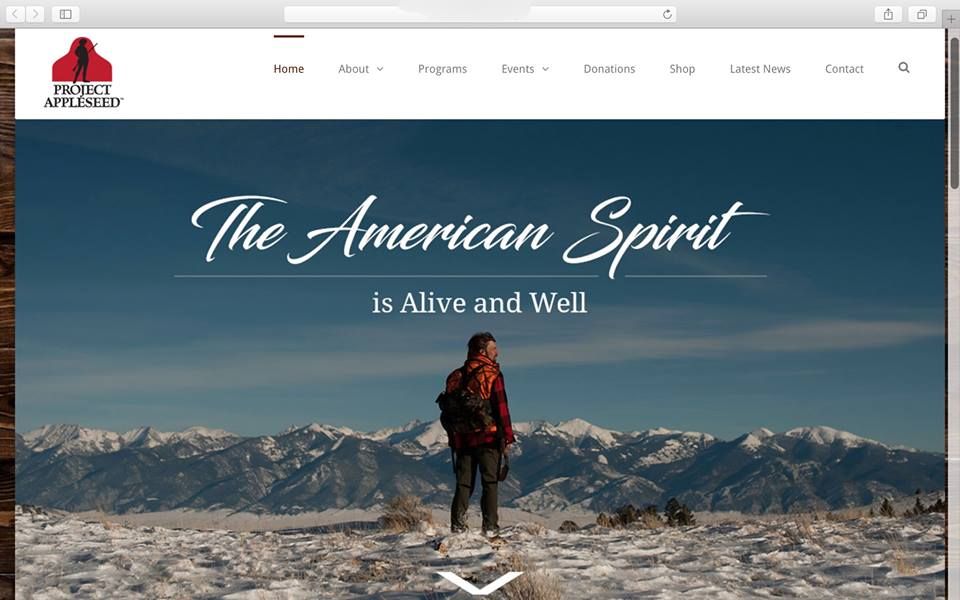
It’s a program that’s been proven over and over and over again. More than 100,000 Americans have done it at this point, and we’re trying to get more. The cost of doing it is $60 for an adult. That’s the best bargain that you’ll find in shooting anywhere. You can’t find a two-day class thats anything near that price, unless you’re going to one of our Appleseed bootcamps.
Your Heritage and Your Right as an American
if you come to an Appleseed, we will help you become a rifleman. We will help you to learn your rifle. You don’t need gadgets, you don’t need a fancy scope. What you need are fundamental skills that were honed over the last 250 years by our ancestors. It is your heritage and your right as an American. Everyone should know these things and they don’t…and that’s what we’re trying to help people fix.
###
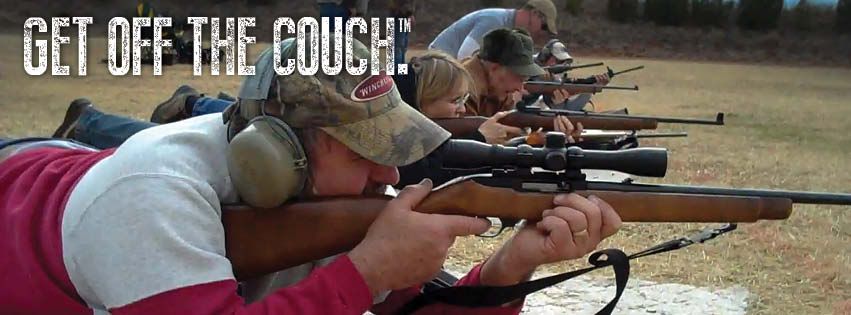
1 - 1Share


